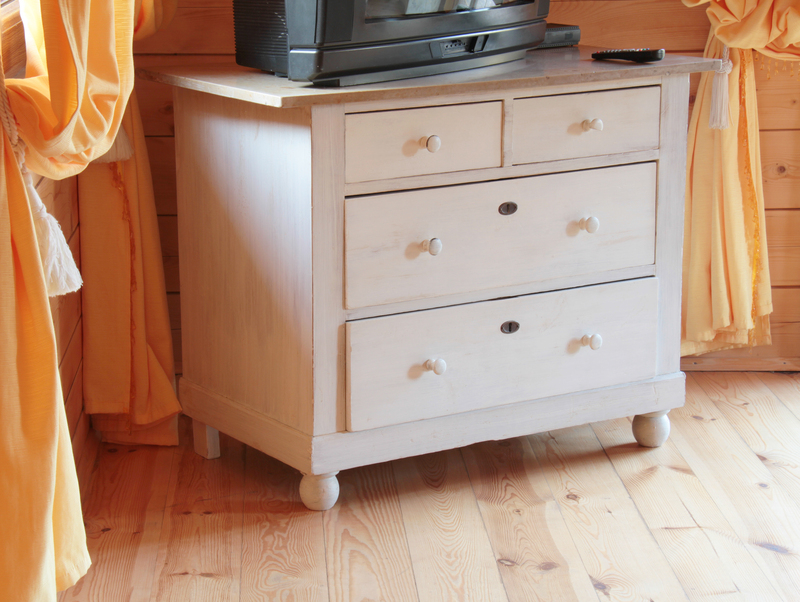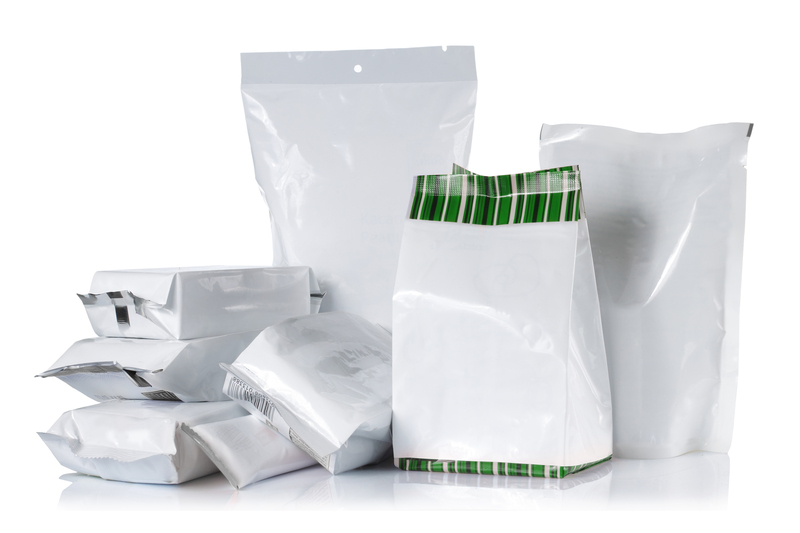A Practical Guide to Responsible PPE Waste Removal
PPE (Personal Protective Equipment) has become an integral component in workplaces, healthcare settings, and even daily life. From face masks and gloves to protective gowns and face shields, PPE devices help safeguard individuals from potential health risks. However, the widespread use of PPE has led to an unprecedented rise in PPE waste, raising urgent questions about proper disposal, environmental impact, and compliance with safety regulations. This comprehensive guide discusses responsible PPE waste removal, offering practical steps, legal insights, and sustainable solutions for individuals and organizations alike.
Understanding PPE Waste and Its Environmental Impact
PPE waste comprises a variety of materials, predominantly plastics and synthetic fibers, that are not biodegradable. The surge in PPE waste removal needs due to the COVID-19 pandemic has made responsible disposal a global concern. Incorrect disposal practices can result in:
- Soil and water pollution
- Threats to marine and wildlife
- Microplastic contamination
- Potential spread of infectious diseases
By learning how to remove PPE waste responsibly, we can significantly curb the detrimental effects on the environment while protecting public health.

The Basics of PPE Waste Removal: What Counts as PPE Waste?
Responsible PPE waste disposal begins with identifying what qualifies as PPE waste. Common items include:
- Disposable face masks and respirators
- Latex, nitrile, and vinyl gloves
- Protective gowns, caps, and shoe covers
- Face shields and safety goggles
- Single-use aprons and coveralls
These items, often used just once, must be treated as potential biohazards if contaminated. Ensuring proper segregation and removal is essential for mitigating health risks.
Why Responsible PPE Waste Removal Matters
The importance of responsible PPE waste removal cannot be overstated. Here are key reasons why everyone should prioritize this practice:
1. Health and Safety
Used PPE can harbor infectious agents, posing risks to waste handlers, the public, and the environment. Proper removal and disposal minimize accidental contact and contamination.
2. Environmental Protection
Most PPE products consist of plastics and synthetic fibers that persist in the environment for hundreds of years. Unmanaged PPE waste contributes heavily to the global plastic pollution crisis, endangering ecosystems and wildlife.
3. Legal and Regulatory Compliance
Governments and environmental agencies have established strict guidelines for PPE waste management. Failure to comply can result in hefty penalties and reputational harm for businesses and individuals alike.
Key Principles in Responsible PPE Waste Removal
Whether in healthcare settings, workplaces, or households, several core principles guide the safe and responsible PPE waste removal process:
- Segregation at source: Separate PPE waste from general waste as soon as it is generated.
- Containment: Use durable, leak-proof bags or bins marked clearly as "PPE Waste" or "Biohazard."
- Minimizing direct handling: Wear gloves and use tools to handle used PPE whenever possible.
- Timely removal: Arrange for regular waste collection to avoid accumulation and potential risks.
Step-by-Step PPE Waste Removal: Best Practices
Follow this structured approach for optimal PPE waste removal:
1. Collection and Segregation
Place designated bins for PPE waste in strategic locations such as entry points, changing areas, and near high-risk zones (e.g., clinics, laboratories). Use color-coded containers to avoid confusion.
2. Labeling and Storage
Clearly label all PPE waste containers with warnings such as "COVID-19 PPE Waste" or "Biohazard." Keep containers sealed and stored in a secure area away from public access until collection.
3. Handling Protocols
- Wear appropriate PPE while handling waste bins.
- Avoid compressing or overfilling containers.
- Disinfect outer surfaces if bins come into contact with contaminated PPE.
- Wash hands thoroughly after handling.
4. Removal and Disposal
- Schedule prompt waste removal with qualified disposal vendors.
- Ensure waste is transported safely and according to regulatory guidelines.
- Dispose of PPE waste at approved incineration or treatment facilities.
Responsible PPE waste removal helps maintain hygiene standards and reduces the risk of disease transmission in any setting.
Disposal Techniques for PPE Waste
Incineration
Incineration is a preferred method for treating biohazardous PPE waste. High temperatures destroy pathogens and reduce volume, but proper filtration is necessary to prevent toxic emissions.
Autoclaving
This method uses pressurized steam to disinfect and render infectious PPE waste safe for landfill disposal. Autoclaving is widely employed in hospitals and laboratories.
Landfilling
Some PPE waste may be sent to landfills after treatment, though this is not environmentally ideal due to the persistence of plastics. Segregation and pre-treatment are crucial to avoid groundwater contamination.
Recycling Initiatives
Innovative recycling programs for PPE waste are emerging. Specialized recycling partners can process certain types of PPE, converting them into usable products. Always verify if your local area supports PPE recycling before participating.
Legal Framework for PPE Waste Removal
Compliance with relevant legislation is a non-negotiable part of PPE waste management. Laws and regulations may differ by country or region, but generally include:
- Labelling, packaging, and containment requirements
- Restrictions on open burning or unauthorized dumping of PPE waste
- Mandatory declarations for hazardous waste shipments
- Licensing requirements for transporters and treatment facilities
Refer to official guidance from agencies like the U.S. Environmental Protection Agency (EPA), Occupational Safety and Health Administration (OSHA), or the World Health Organization (WHO) for the latest standards in responsible PPE waste removal.
Responsible PPE Waste Removal in Different Settings
1. Healthcare Facilities
Hospitals and clinics generate the highest volume of PPE waste. Strict protocols guide segregation, storage, and removal, emphasizing minimal handling and maximum safety. Temporary storage areas should be monitored for overfilling, odors, and secure access.
2. Workplaces and Offices
With increased mask and glove usage in offices, educating employees about proper disposal is key. Provide sufficient disposal stations, display informational posters, and arrange for professional collection and treatment services.
3. Educational Institutions
Schools and colleges can foster responsible habits by offering training sessions and integrating PPE waste reduction and removal best practices into their curricula and campus policies.
4. Households
Individuals should bag and seal used PPE separately and dispose of it in accordance with local guidelines. Avoid littering, flushing masks or gloves, or mixing PPE with recyclables unless explicitly allowed by authorities.
Tips for Reducing PPE Waste Generation
While responsible PPE waste removal is necessary, reducing overall waste generation is equally critical:
- Switch to reusable PPE where feasible and safe
- Opt for products made of biodegradable materials
- Purchase PPE in bulk to minimize packaging waste
- Encourage proper training to avoid unnecessary PPE use
- Participate in local or industry-wide PPE recycling initiatives
Common Challenges and Solutions in PPE Waste Removal
PPE waste management is fraught with practical challenges. Here's how to overcome some of the most common issues:
Improper Segregation
Mixing PPE with general or recyclable waste increases contamination risks. Ensure consistent messaging and clear labeling for disposal bins. Regularly train staff and users.
Storage and Transport Concerns
Lack of appropriate storage can expose waste to scavengers or the elements. Invest in secure, weatherproof containers and partner with reputable collection agencies.
Overwhelmed Waste Systems
During crises like pandemics, waste management systems may struggle to cope with surges in PPE waste. Establish contingency plans, and work collaboratively with local authorities for additional collection or disposal resources.

Innovations in Sustainable PPE Waste Removal
The urgency for sustainable PPE waste removal solutions has inspired many breakthroughs:
- Biodegradable PPE: Researchers are developing masks and gowns from plant-based materials that break down harmlessly.
- Chemical Disinfection and Material Recovery: Advanced processes can disinfect used PPE and extract raw materials for reuse.
- Community Collection Drives: Some municipalities organize special PPE waste days or provide drop-off points for responsible disposal.
- PPE Upcycling: Converting sanitized disposable PPE into construction materials, road surfacing, or reusable goods.
These innovations highlight that a sustainable future for PPE waste removal is possible through collective effort and ongoing research.
Conclusion: Empowering Responsible PPE Waste Removal
Responsible PPE waste removal is not just a matter of environmental stewardship but also a public health imperative. By understanding the risks, adopting best practices, complying with legal frameworks, and embracing new technologies, individuals and organizations can make significant strides in managing PPE waste effectively. Make responsible PPE waste removal part of your daily hygiene and workplace protocols today, and safeguard both your community and the environment.
- Always segregate and label your PPE waste
- Choose approved disposal methods and services
- Stay informed about the latest in PPE waste regulations
- Promote sustainability through waste reduction and safe recycling where permissible
Remember: The responsibility for safe, legal, and environmentally friendly PPE waste removal starts with you.